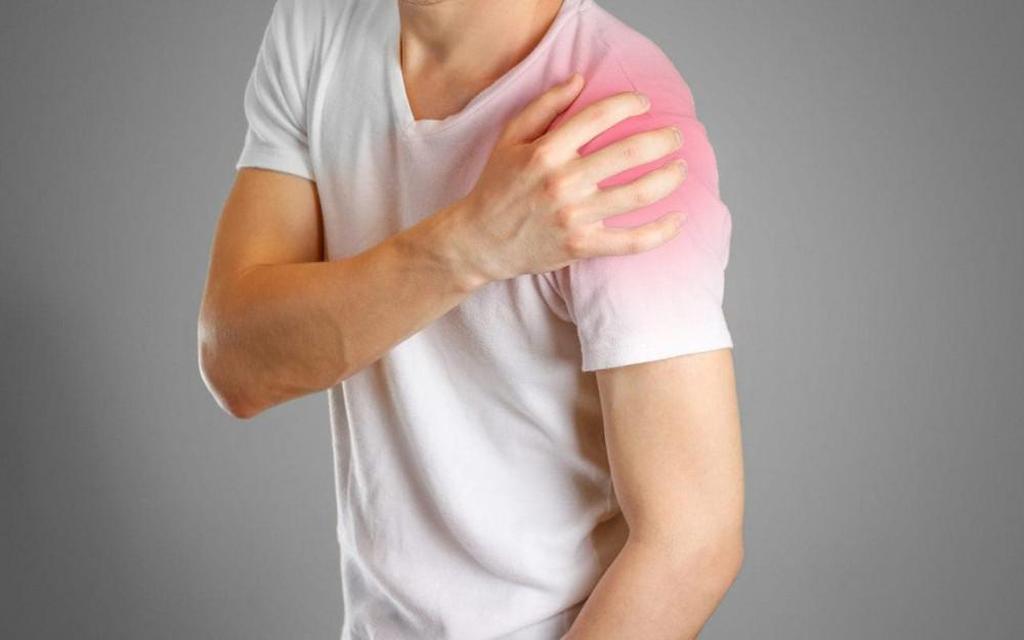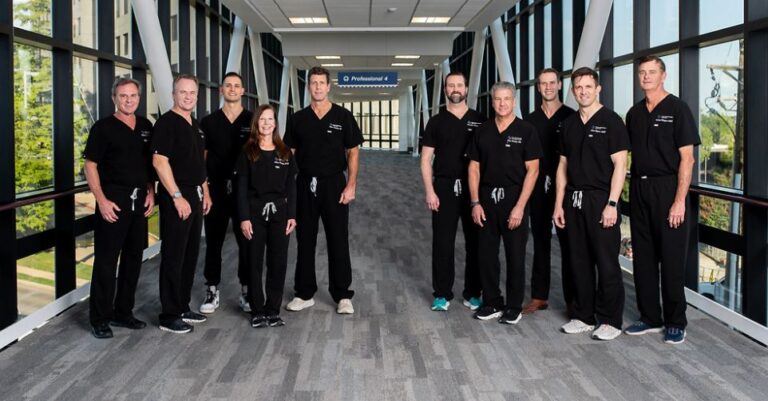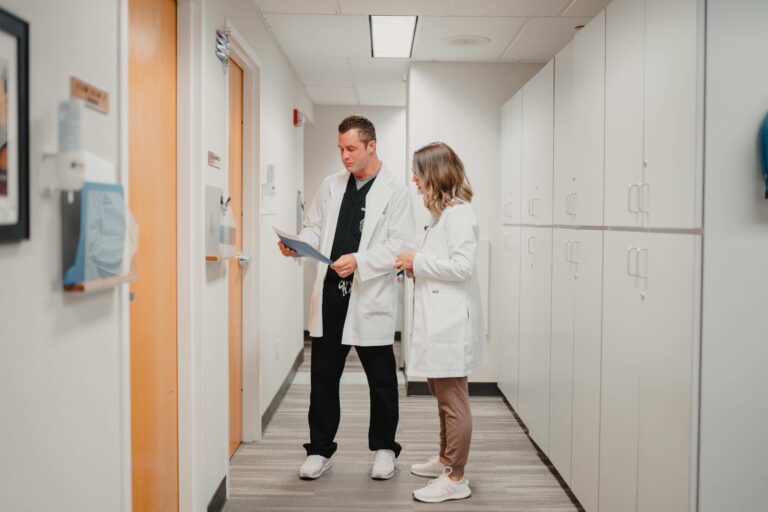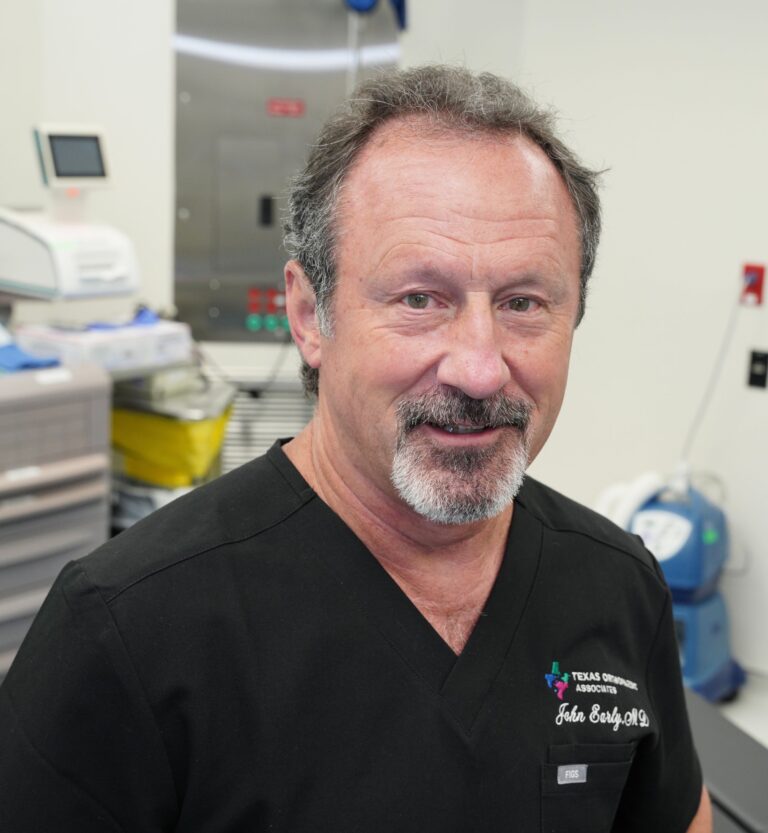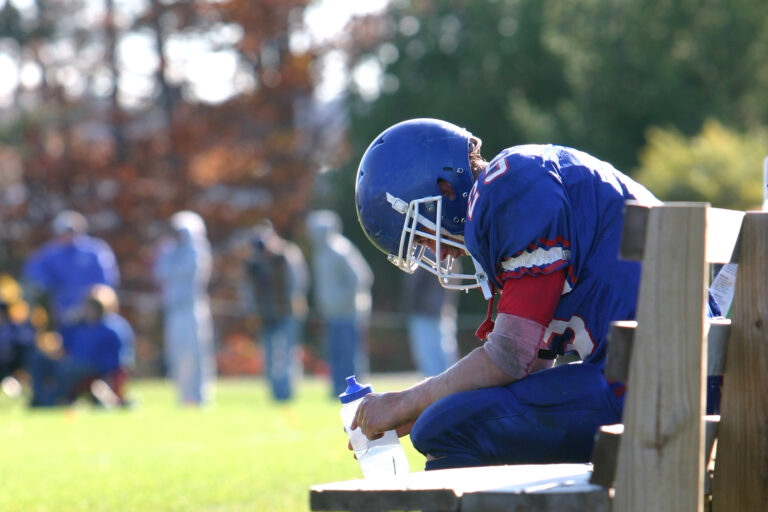Your rotator cuff is the activity hub of your shoulder. It’s a group of muscles and tendons that surround your shoulder joint and keep the top of your arm bone connected to your shoulder blade. The rotator cuff helps stabilize the shoulder and enables you to move your arm. With all its moving parts it’s, unfortunately, an easy body part to injure.
About 2 million people a year experience rotator cuff injuries. Our expert orthopedic surgeons and physical therapy team at Texas Orthopaedic Associates, part of OrthoLoneStar, have special expertise in diagnosing and treating all types of rotator cuff injuries. Here, we explain how a rotator cuff works and how to prevent common injuries.
How the rotator cuff works
Your rotator cuff is made of four muscles and attached tendons, each one responsible for a different arm or shoulder movement. The tendons attach the four muscles to the top of the upper arm bone, stabilizing it and also allowing it to move in different directions without popping out of the shoulder joint.
Your rotator cuff jumps into action every time you raise your arm or move it out. It keeps your shoulder and arm in place as you rotate your arm and shoulder in any direction or most directions.
Common rotator cuff injuries
Most rotator cuff injuries are a result of overuse and wear and tear. It can also occur as a result of an accident or traumatic injury. Symptoms include a dull ache in the shoulder, weakness, pain with arm movement, and trouble getting comfortable at night.
Common injuries include:
Tendinitis
Tendinitis is inflammation and irritation of the tendons. Symptoms of tendinitis usually include pain and soreness outside the joint.
Bursitis
The bursa is a small sac of fluid that cushions the rotator cuff. Bursitis develops when this bursa gets irritated.
Partial rotator cuff tear
A partial rotator cuff tear is exactly how it sounds. It’s when a tendon is damaged but not fully torn.
Full rotator cuff tear
Again, a complete rotator cuff tear is what it sounds like. It’s when you fully tear a rotator cuff tendon in two.
Rotator cuff injury treatment options
Your treatment plan depends on the severity and type of injury. Aside from a tear, most rotator cuff injuries can be treated with rest, ice, anti-inflammatories, physical therapy, and corticosterone injections.
If these noninvasive or minimally invasive treatments don’t relieve your symptoms, or if you have a rotator cuff tear, surgery may be the best option for you. Rotator cuff surgery is usually performed arthroscopically, which is a minimally invasive shoulder procedure.
We serve people living in and around our offices in Dallas, Plano, Weatherford, Keller, and Fort Worth, Texas. If you have pain in your shoulder or you’ve injured your rotator cuff, call Texas Orthopaedic Associates to make an appointment or request one online. Our expert team can get you back to your normal active self.



